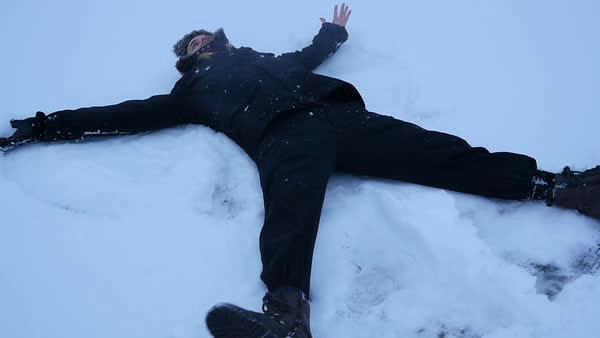What To Do After Falling on IceAs the weather gets colder and the snow gently falls, it’s easy to be lulled into tranquility by the peacefulness that comes with winter. Unless, of course, you slip on the ice. An unfortunate byproduct that comes with these freezing Midwestern temperatures is frozen, hazardous patches of ice scattered throughout the streets and sidewalks. The last thing you need as you walk out of your house on your way to work in the morning is to slip and create a surprise snow angel in your driveway. But it still happens. In 2017, the US Bureau of Labor Statistics reported over 20,000 workplace injuries due to falling on ice. That’s just in the workplace; who knows how many falls happen at home that never get reported or treated. Common Injuries From Falling on IceThe most common injury from slipping on ice is a wrist sprain or fracture. We have a natural instinct to soften the blow of falling by reaching out with our hands, as this act helps us maintain balance during minor falls and sudden stops. Because both a wrist sprain and fracture are very painful, it is difficult to be sure which one you have without having an x-ray. Ankle injuries are another very common result of falling. If you can put weight on your wrist or ankle after a slip, it is likely to heal on its own. But it's always best to consult a medical professional if possible. In addition, tailbone and hip injuries are quite common from falling on ice. Injuries to the tailbone or hip can be very painful and long lasting. Falling can cause misalignment in your hips, which creates pressure on surrounding nerves and tissues that slows down the healing process. The best way to treat these injuries is by seeing a chiropractor, who will give you exercises that directly target realigning your hips or spine. Recovering From a SlipWhen you slip and fall (whether on ice or not), your body is susceptible to serious injury. If you experience an unexpected impact without bracing yourself, especially on the spine, it can cause serious subluxations, or misalignments, that lead to pinched nerves, vertebrae dislocation, and/or other issues. Ironically, your first reaction to slipping on ice would probably be to put ice on the injured area. The best way to treat an injury is the R.I.C.E method: rest, ice, compression and elevation—which will reduce pain and swelling, but may not cure the underlying cause of your injury. If you still feel pain after two days or so, be sure to visit a chiropractor who can identify what's causing it and provide an appropriate recovery plan for your injury. Chiropractic care can address a variety of injuries resulting from falling on ice. Your chiropractor will work closely with you to improve muscle soreness and stiffness, increase mobility in affected areas—and lessen pain from hernia if that's relevant. They'll also promote physical strength throughout treatment. Preventing Icy Slips and FallsWinter is notorious for causing an increase in accidental fall injuries. Take extra precaution this season by adequately salting your driveway, sidewalk, and porch — but most of all, don’t rush. Take your time and watch your step when you’re not on your own property. You can’t always count on others to be as responsible as yourself. Contact Petrak Chiropractic CenterIf you do wind up taking an unexpected winter tumble and falling on ice, there could be subtle injuries to your spine that you may not notice immediately but will become worse over time. It’s better to be safe than sorry and nip those injuries in the bud before they become serious. Schedule your free consultation at Petrak Family Chiropractic Center today!
0 Comments
Your comment will be posted after it is approved.
Leave a Reply. |



